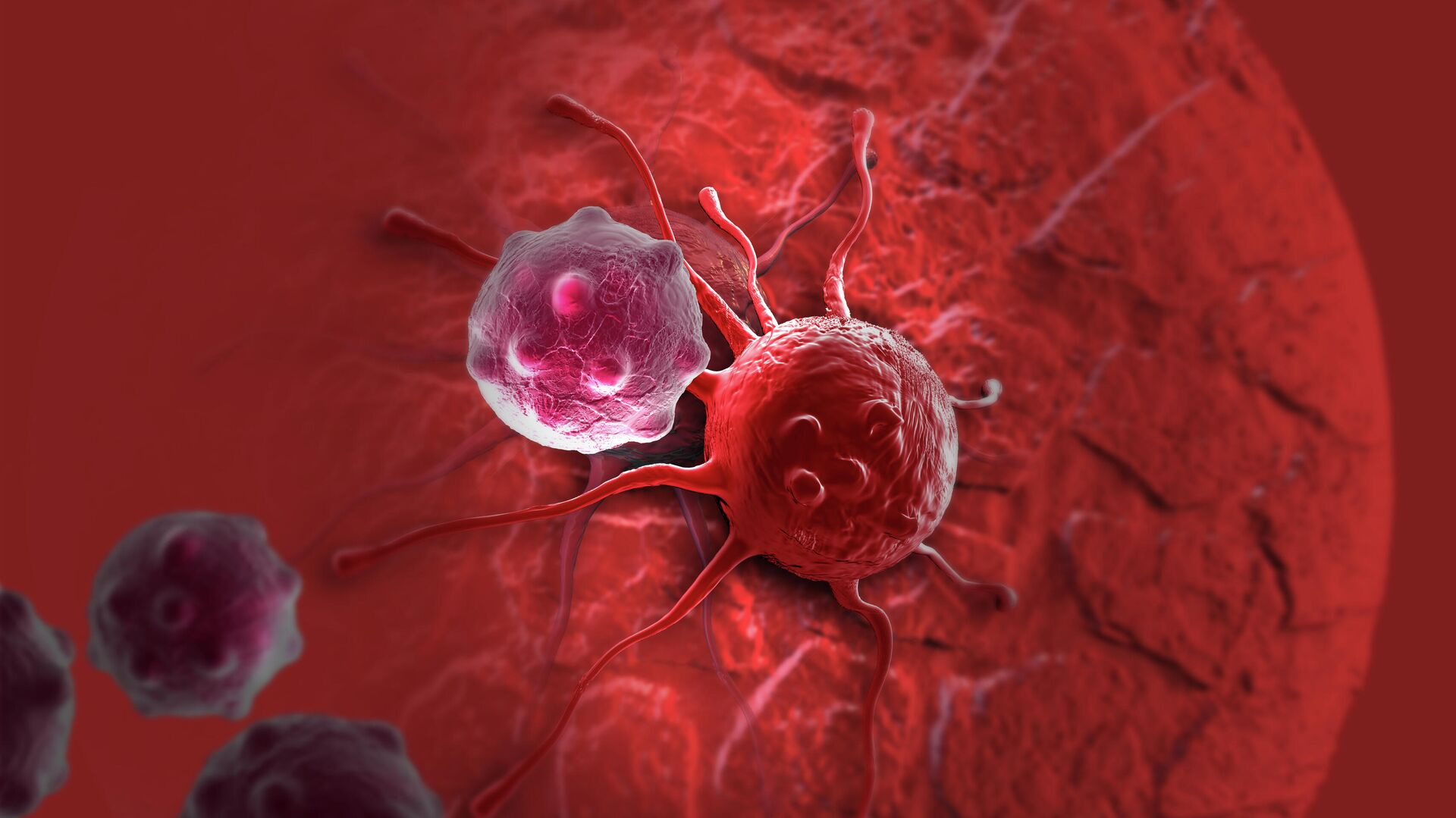
MOSCOW, May 16A new technology that allows one to fight a brain tumor during a patient’s deep sleep has been developed by SSU scientists. The method relies on the use of infrared lasers and stimulation of brain tissue drainage. The results were published in the journal Biomedicines.
Glioblastoma of the brain is an aggressive malignant tumor that grows rapidly, destroys surrounding healthy tissue, and often has a poor prognosis. The main obstacle in the treatment of this disease is the blood-brain barrier (BBB), which is located between the bloodstream and the brain, protecting it from toxins.
At the same time, the BBB, while protecting the brain, also limits the penetration of 95% of drugs into its tissues. A tumor growing in healthy vessels, where the blood-brain barrier is not destroyed, recurs after removal, growing into other areas of the brain that are inaccessible to drugs.
The treatment is based on the use of lasers in the infrared range and stimulation of brain tissue drainage (fo tobiomodulation). As a result, the lymphatic “vacuum cleaners” of the brain are activated, which remove toxins and increase immunity, suppressing tumor growth.
“Lymph vacuum cleaners” work most effectively during deep sleep, when we do not dream and the brain works exclusively for itself. At this moment, it turns into a “washing machine” and “washes” its fabrics from “clogs” or metabolites accumulated during the day,” explained Oksana Semyachkina-Glushkovskaya, head of the department of human and animal physiology at Saratov State University, emphasizing that the technology is portable and safe.
“There are no similar technologies in the world yet,” she added.
SSU scientists claim that in the future the developed method can be used not only to treat brain tumors, but also other diseases, in particular Alzheimer’s disease. The technology is currently undergoing licensing procedures. Pilot clinical trials will take place in 2025.
As reported at the university, this pioneering direction first arose in Russia precisely in the Smart Sleep laboratory, created in 2019 to implement the government mega-grant «Lymphason». The research was supported by the Russian Science Foundation (RSF) grant No. 23-25-00296.


